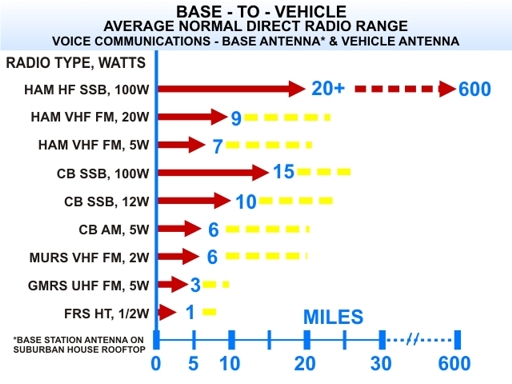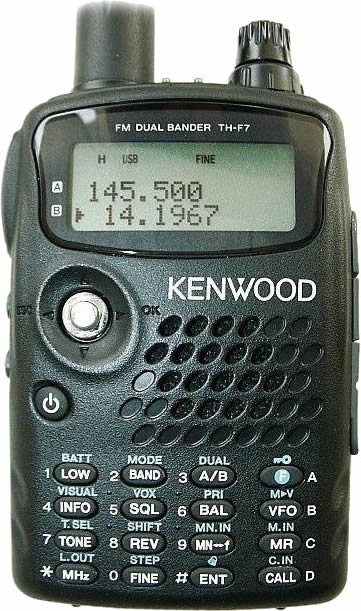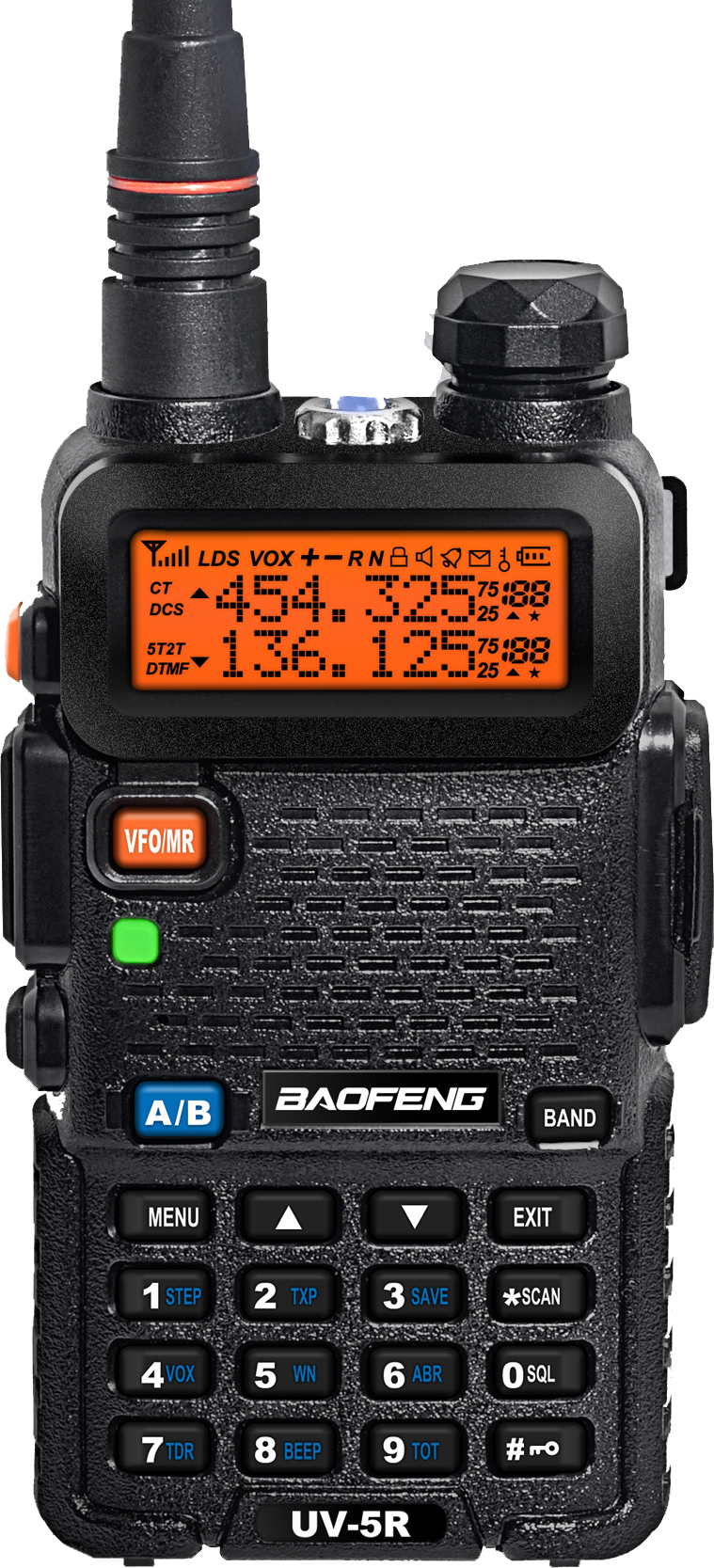Main Menu
Resources
You passed the test, now what?
Now that you are a licensed Amateur Radio Operator, you can legally operate in a variety of bands. The 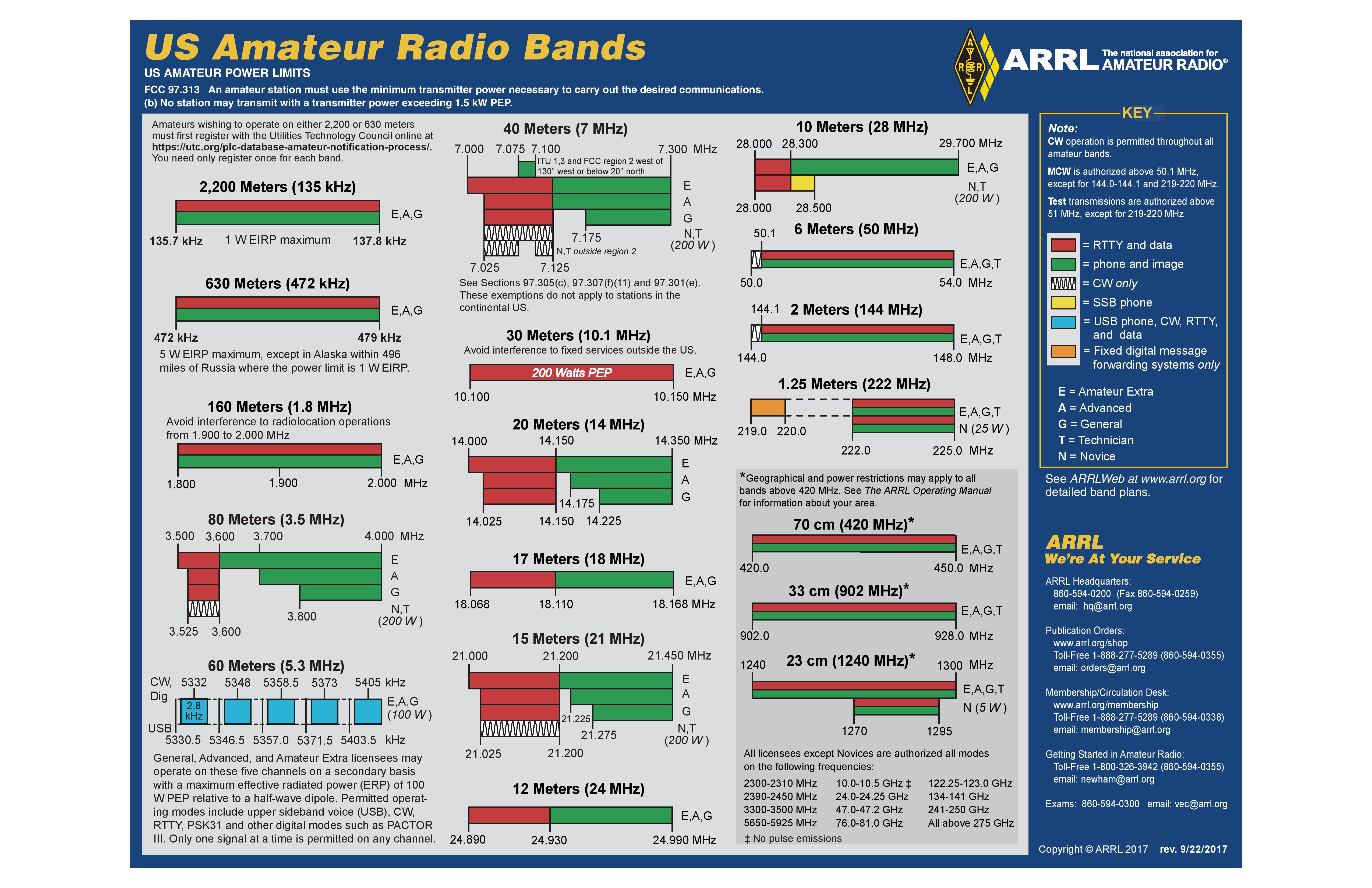 ARRL puts together a helpful Band Plan, which you can see on the right. Feel free to click the image for higher resolution. The Band Plan details which levels of licenses can do what and where they can do it. Common frequencies for local communication in order of popularity include the 2 meter band, the 70cm band, and the 1.25m band, with 2m and 70cm holding a strong lead. In Clark County WA, you
ARRL puts together a helpful Band Plan, which you can see on the right. Feel free to click the image for higher resolution. The Band Plan details which levels of licenses can do what and where they can do it. Common frequencies for local communication in order of popularity include the 2 meter band, the 70cm band, and the 1.25m band, with 2m and 70cm holding a strong lead. In Clark County WA, you 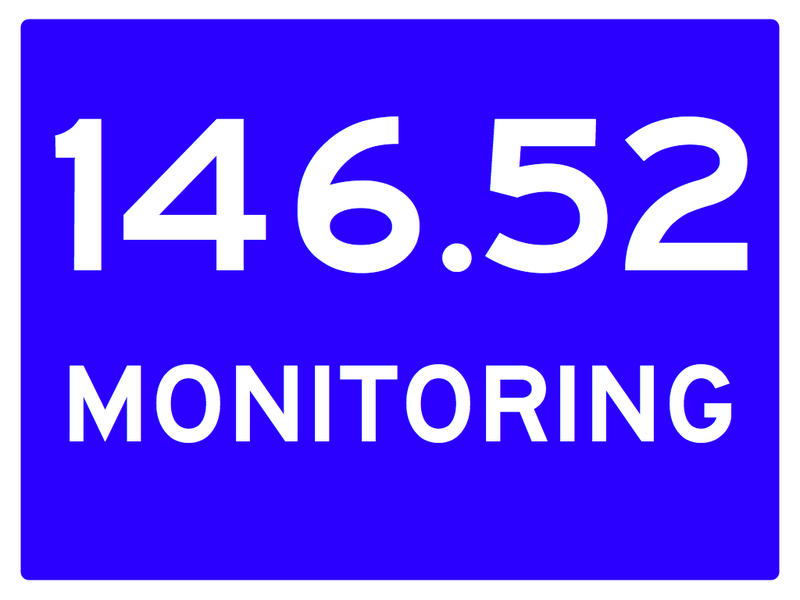 are nearly guaranteed to be able to have a conversation with others if you ask around on 146.520Mhz (In the 2 Meter band), especially between 8PM and Midnight. 146.520 is the National Calling Frequency. For more useful frequencies, including those of repeaters, check out our Useful Frequencies Page.
are nearly guaranteed to be able to have a conversation with others if you ask around on 146.520Mhz (In the 2 Meter band), especially between 8PM and Midnight. 146.520 is the National Calling Frequency. For more useful frequencies, including those of repeaters, check out our Useful Frequencies Page.
What Radio to get?
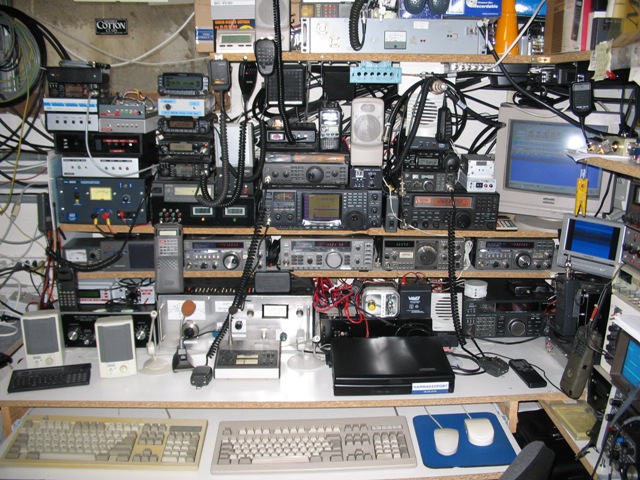
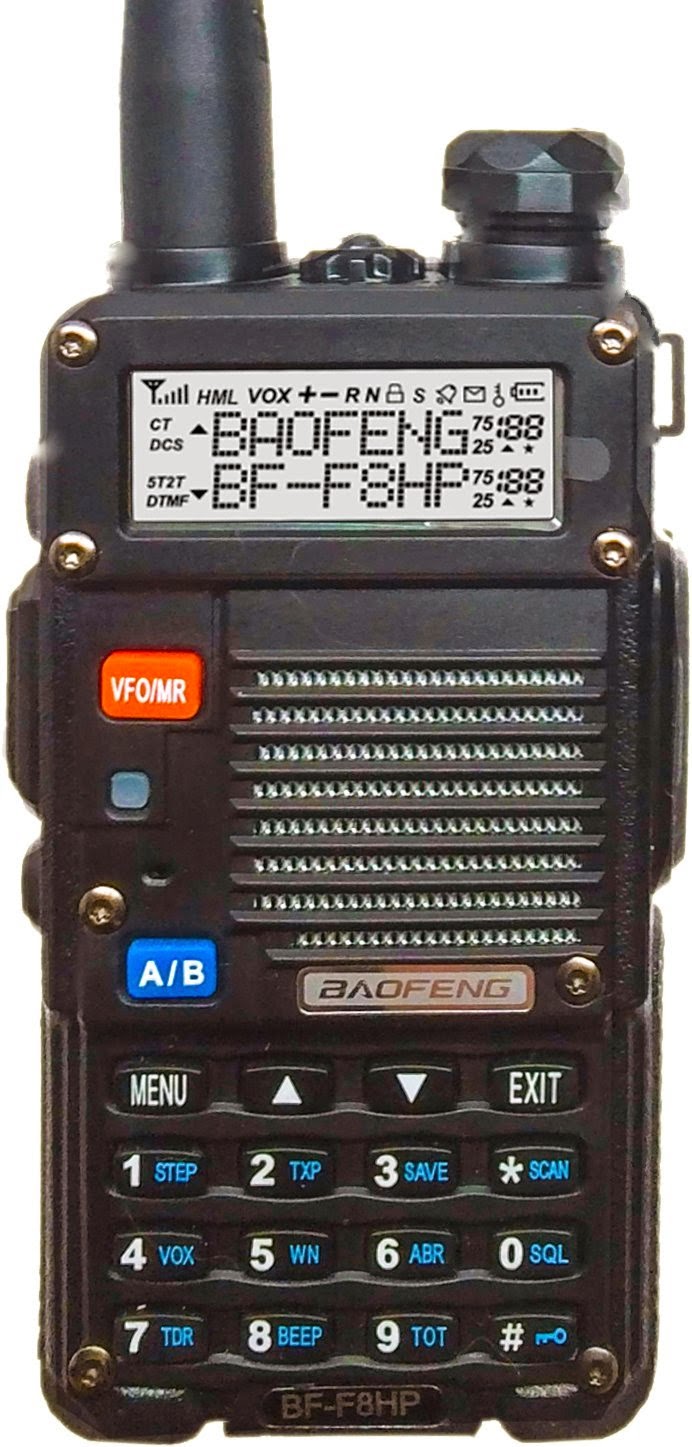 An Elmer (Experienced Ham Radio Operator who volunteers as a resource for new hams) once told me, if I ever go to a Ham Radio store, go there three times. The first two times, don't bring any form of payment, and wait at least a couple days in between trips. That way, you get to think over what different salesfolk say before making a purchase. Most major commercial radiomakers produce dual-band radios (For 2m and 70cm), alongwith tri-band radios (2m,
An Elmer (Experienced Ham Radio Operator who volunteers as a resource for new hams) once told me, if I ever go to a Ham Radio store, go there three times. The first two times, don't bring any form of payment, and wait at least a couple days in between trips. That way, you get to think over what different salesfolk say before making a purchase. Most major commercial radiomakers produce dual-band radios (For 2m and 70cm), alongwith tri-band radios (2m, 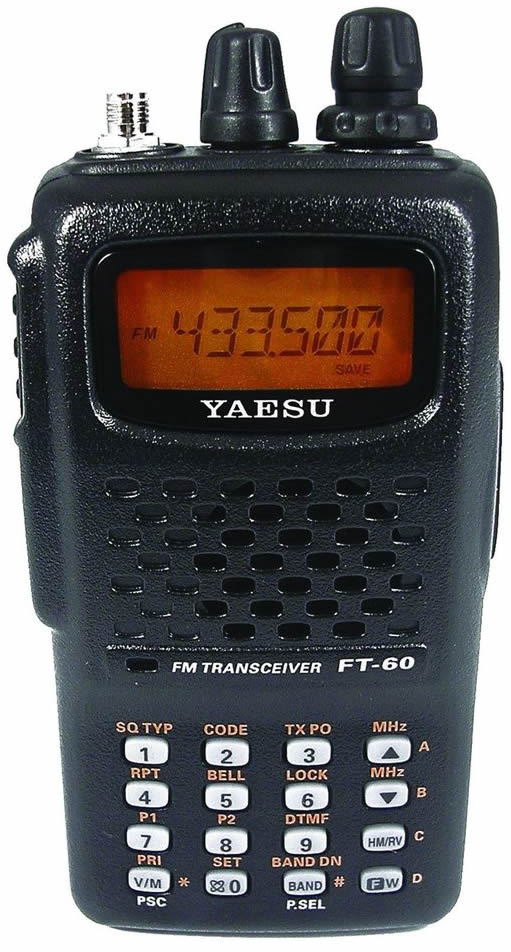 1.25m, 70cm). Typically, you will also want to purchase an antenna, as stock antennas (Known asRubber Duckys) are typically not great. In an antenna, you want to look for as physically long as you are comfortable with up to the largest band size, with low SWR and a high Gain value. Feelfree to look around, and if you have any trouble, feel free to call 360 818 4864 and we will be glad to get an Elmer in contact with you to help you out.
1.25m, 70cm). Typically, you will also want to purchase an antenna, as stock antennas (Known asRubber Duckys) are typically not great. In an antenna, you want to look for as physically long as you are comfortable with up to the largest band size, with low SWR and a high Gain value. Feelfree to look around, and if you have any trouble, feel free to call 360 818 4864 and we will be glad to get an Elmer in contact with you to help you out.

